Marco Pantani's 1998 Mercatone Uno Bianchi Mega Pro XL Reparto Corse
An Italian masterpiece for one of Italy's cycling giants
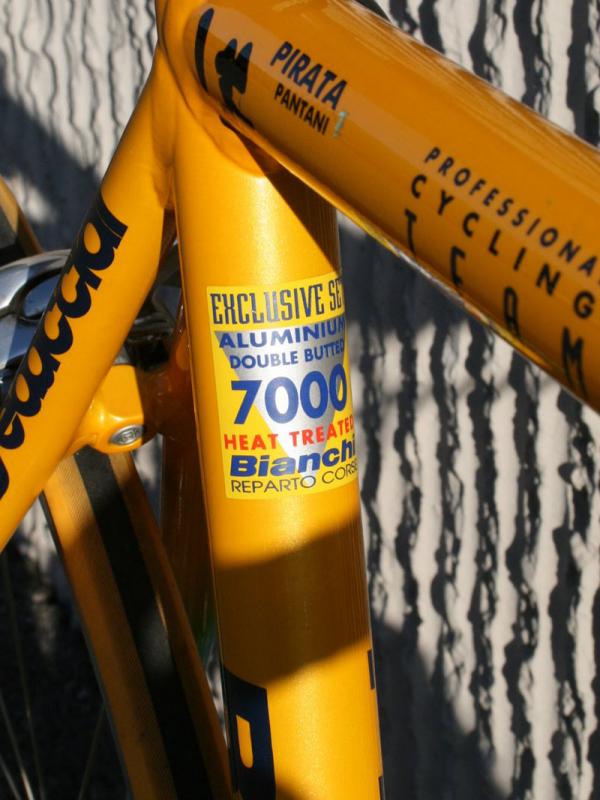
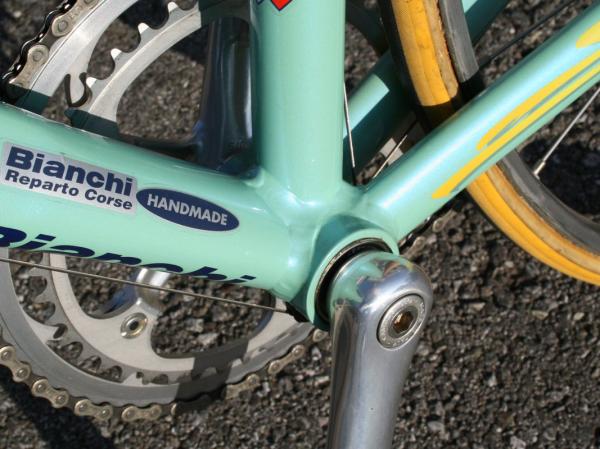
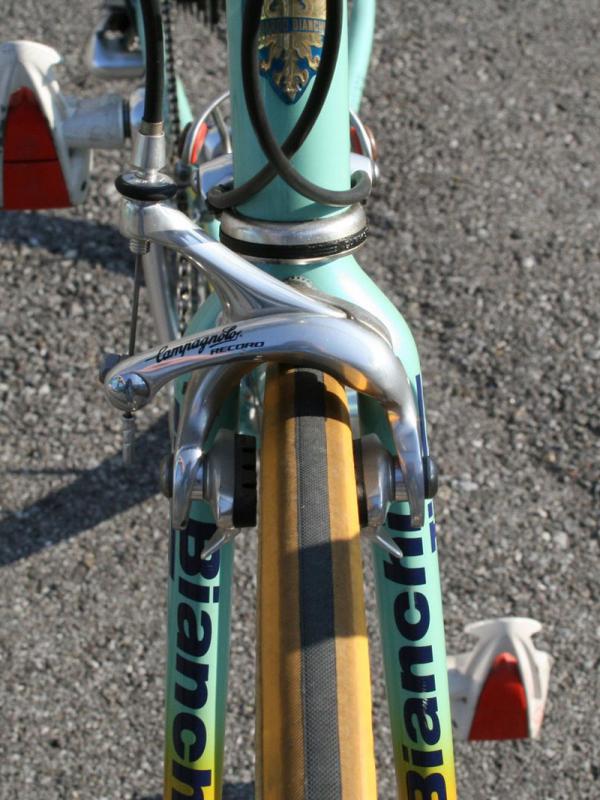
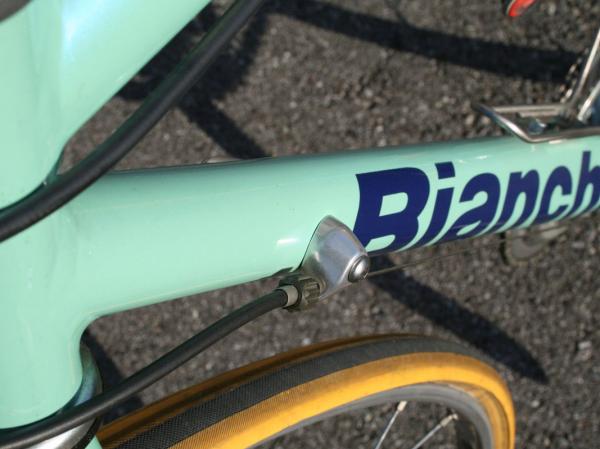

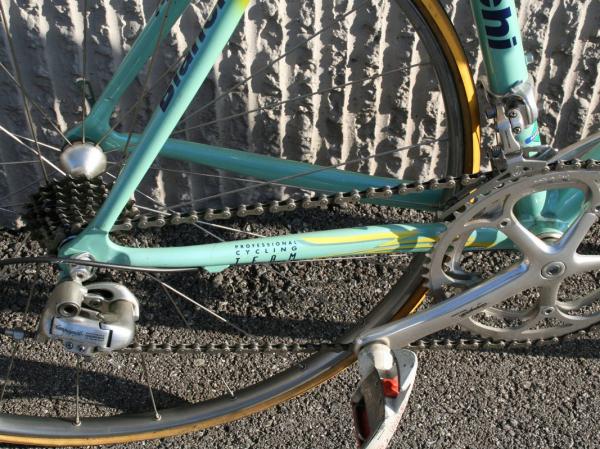
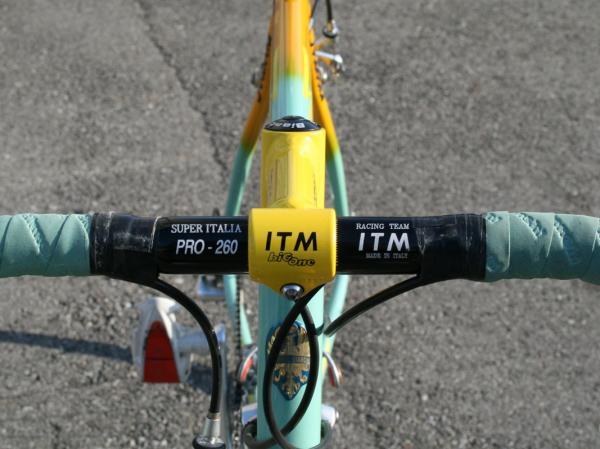

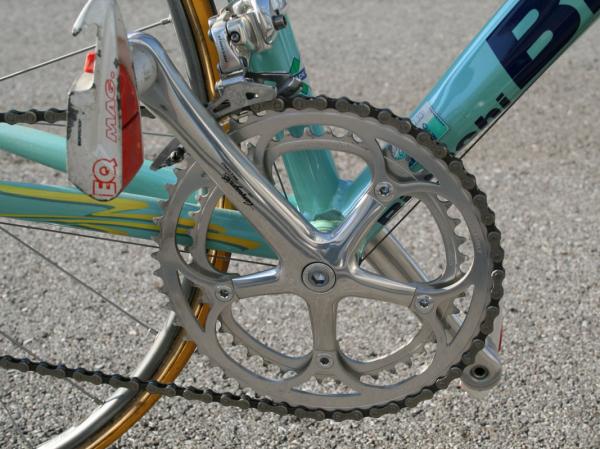

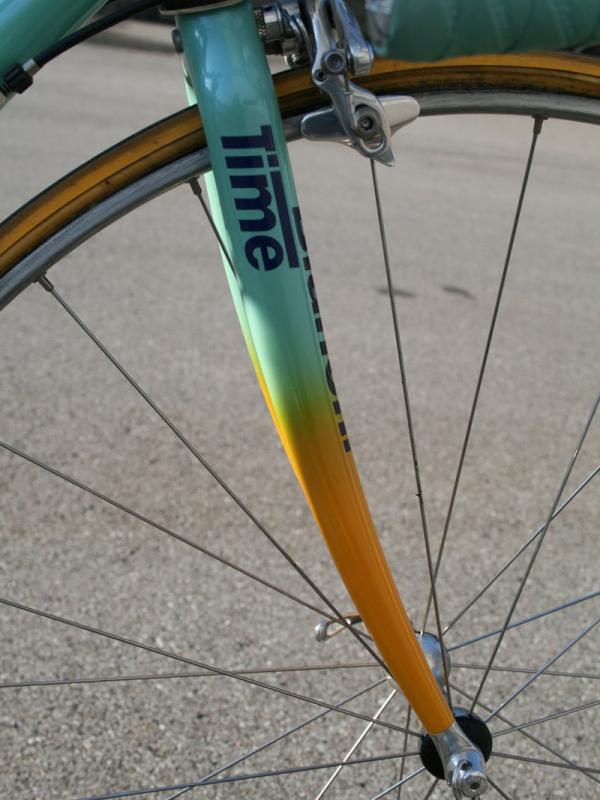

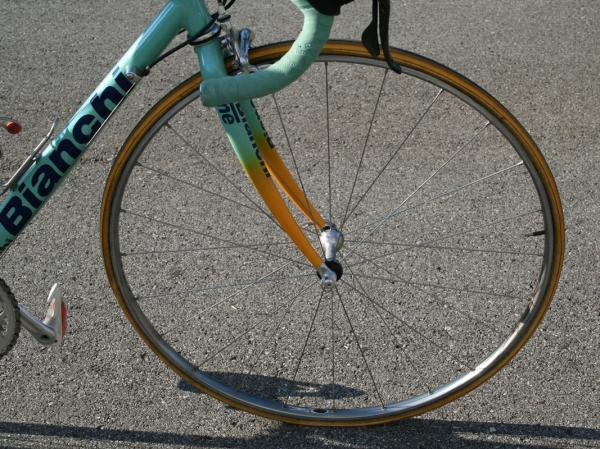
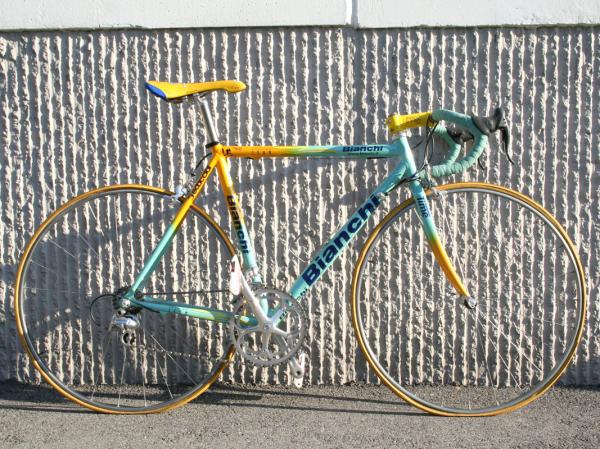
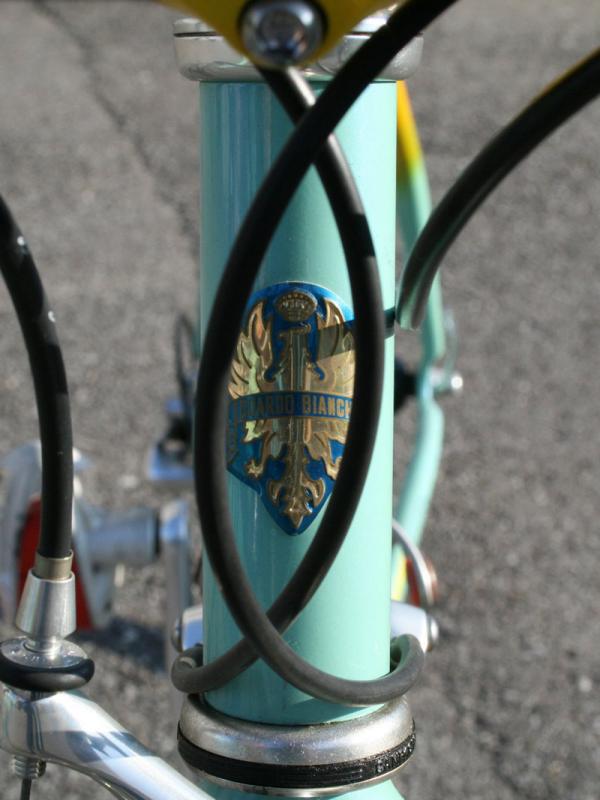
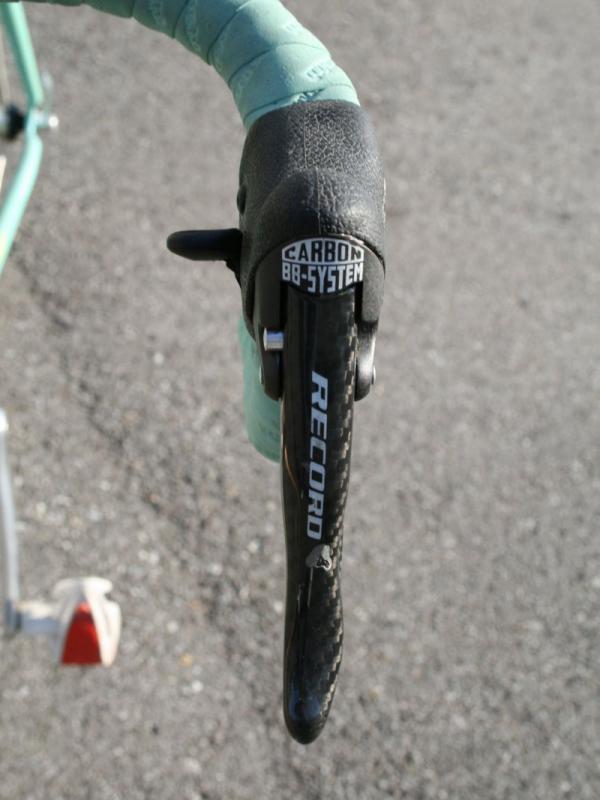

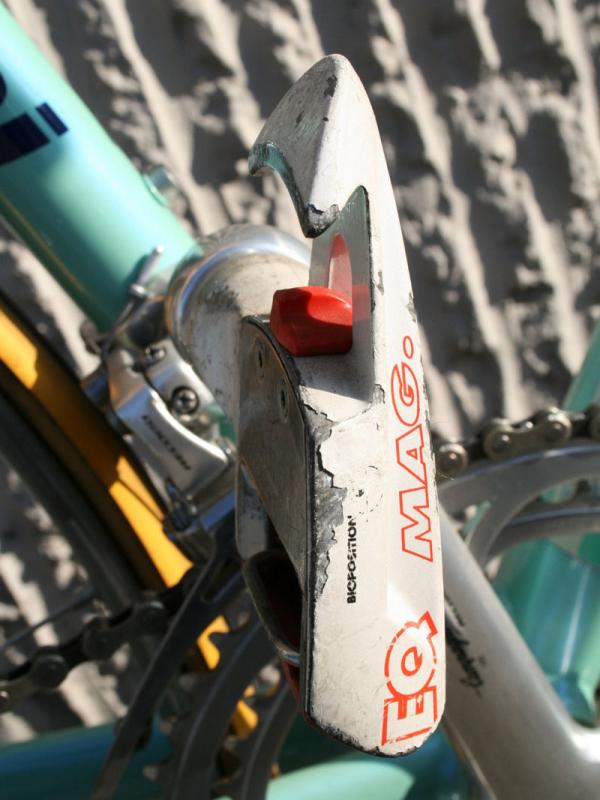

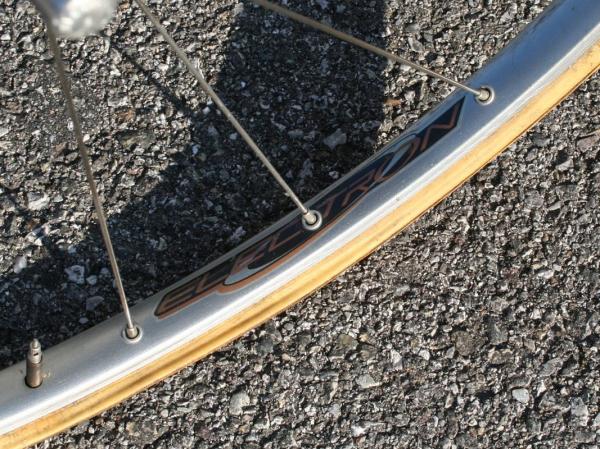
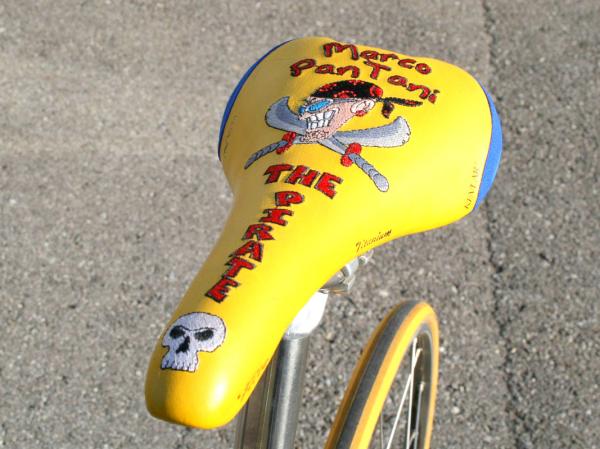
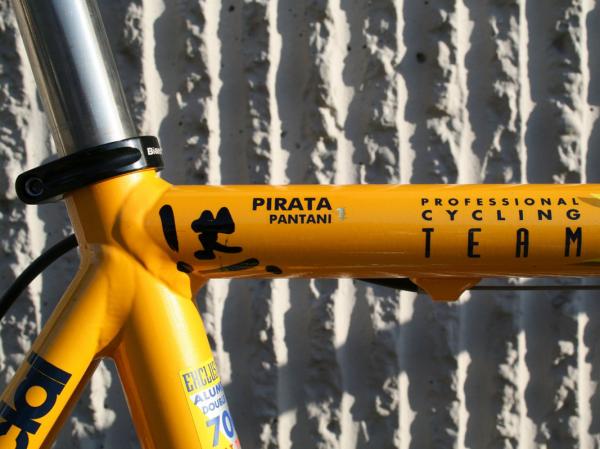
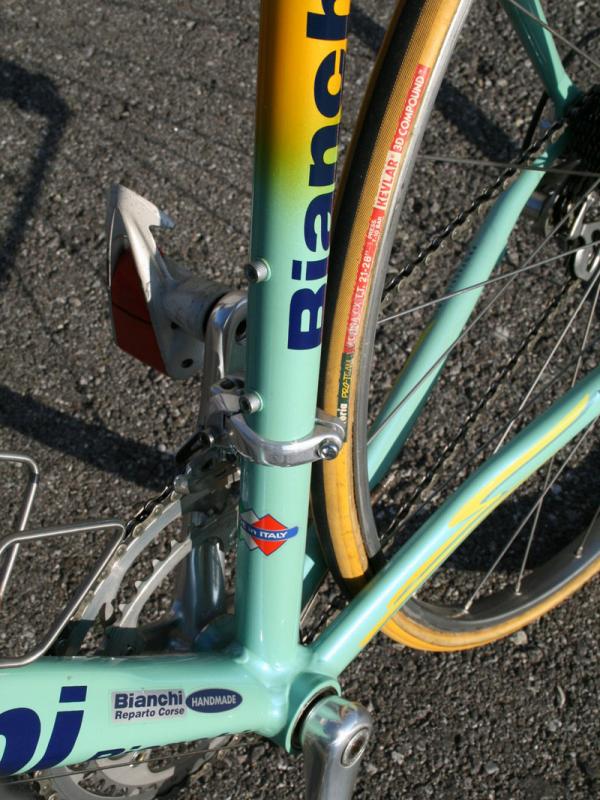
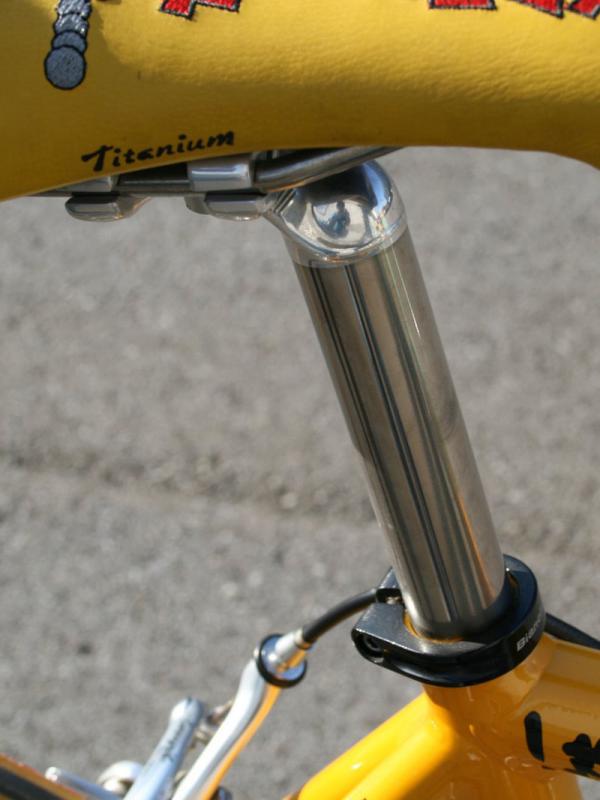
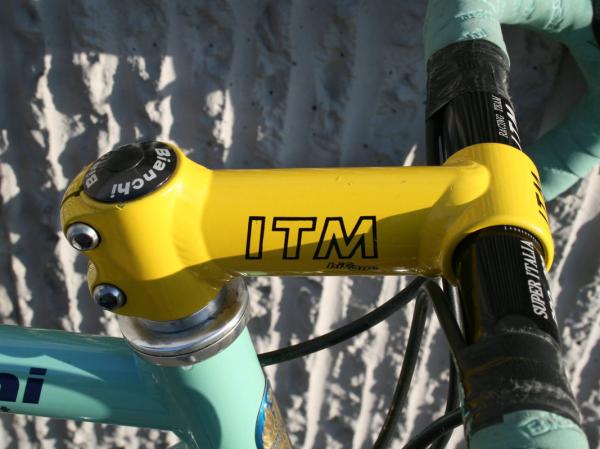
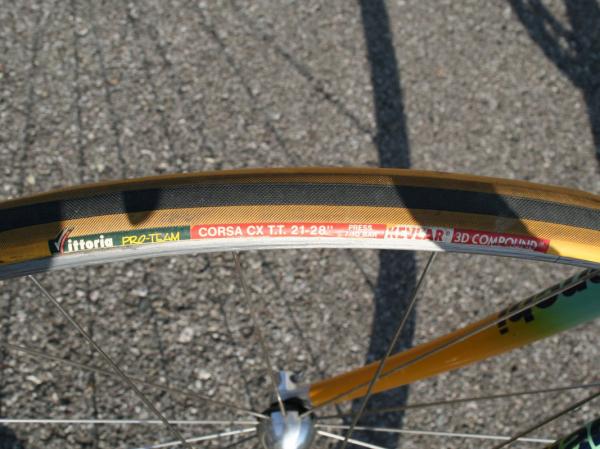
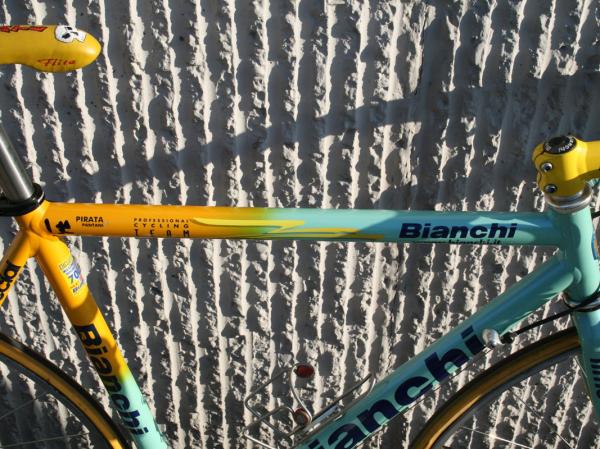
Marco Pantani's Mercatone Uno Bianchi Mega Pro XL Reparto Corse was tailor-made for the wispy climber's attacking style and slight build and epitomizes the cycling technology of the day. The custom-built bike was light, stiff enough, and crafted to perfection and ultimately carried 'Il Pirata' to the top step of both the Tour de France and Giro d'Italia in 1998, thus more than proving its worth and earning a firm place in cycling history.
Bianchi's Reparto Corse race shop built the custom frame to Pantani's exact specifications, using a lightweight Dedacciai doubled-butted 7000-series shaped alloy tubeset, a very slightly sloping geometry, and a relatively generous head tube to suit the Italian's aggressive in-the-drops climbing style. Convention was the rule back then, rather than the exception, with a standard threaded bottom bracket shell, non-integrated 1" head tube, telescoping 27.2mm seat tube, and well-proven tube shapes that ventured only slightly away from round in select areas. Needless to say, aerodynamics was barely even a concern a decade ago outside of time trials.
Aluminum was the material of choice throughout for its predictable durability, from the beautifully polished Campagnolo Record drivetrain and dual-pivot brake calipers to the tubular ITM Big One stem and standard-diameter handlebar – and even the Campagnolo Electron tubular wheels. Looking shockingly minimal in comparison to currently fashionable deep-section carbon, the Electron's box-section rims were ideally suited to a rider of Pantani's nature: they had low inertia for rapid accelerations, they were comfortable over the long haul for such a light rider, and they were easily serviceable with grease injection ports front and rear, readily replaceable components and a tubular tire bed that offered a more reliable bond than carbon.
More exotic materials can still be found, though in limited quantities. Carbon fiber was used for the Time fork and 9-speed Record Ergopower levers – though this may have been a post-season change as most race photos from the time show alloy ones – the Time Equipe Pro pedals sported magnesium bodies, and titanium was used in the seatpost mast and rear cogs.
Though not super-stiff as compared to today's carbon fiber machines, Pantani's bike was undeniably light, even by modern standards. Total weight was just 6.96kg (15.34lb), including the bottle cage and pedals.
That light weight obviously helped Pantani up the mountain but somewhat surprising is the massive gearing he used to do so. The cassette spread is a fairly standard 11-23T but the chainrings measure a comparatively enormous 54/44T – something more commonly found on a time trial bike but assuming they're period-correct, perhaps still appropriate to Pantani's out-of-the-saddle climbing style.
Aside from today's crop of hyper-customized machines, personalized touches on Pantani's bike were more subdued – and arguably in better taste. There's the usual name on the top tube but also the custom embroidered Flite saddle from then-sponsor Selle Italia – not to mention the trademark single bottle cage as opposed to the more common two.
Get The Leadout Newsletter
The latest race content, interviews, features, reviews and expert buying guides, direct to your inbox!
Pantani's life outside of cycling sadly was dark enough that it ultimately consumed him in a lonely hotel room almost exactly six years ago. Though his career was also clouded with controversy in its later years, legions of fans still prefer to remember him for his emphatic performances on the bike – this bike, which now resides in the Santini factory in Bergamo, Italy – and will continue to honor his memory as one of the greatest Italian cyclists of all time.
Complete bike specifications: